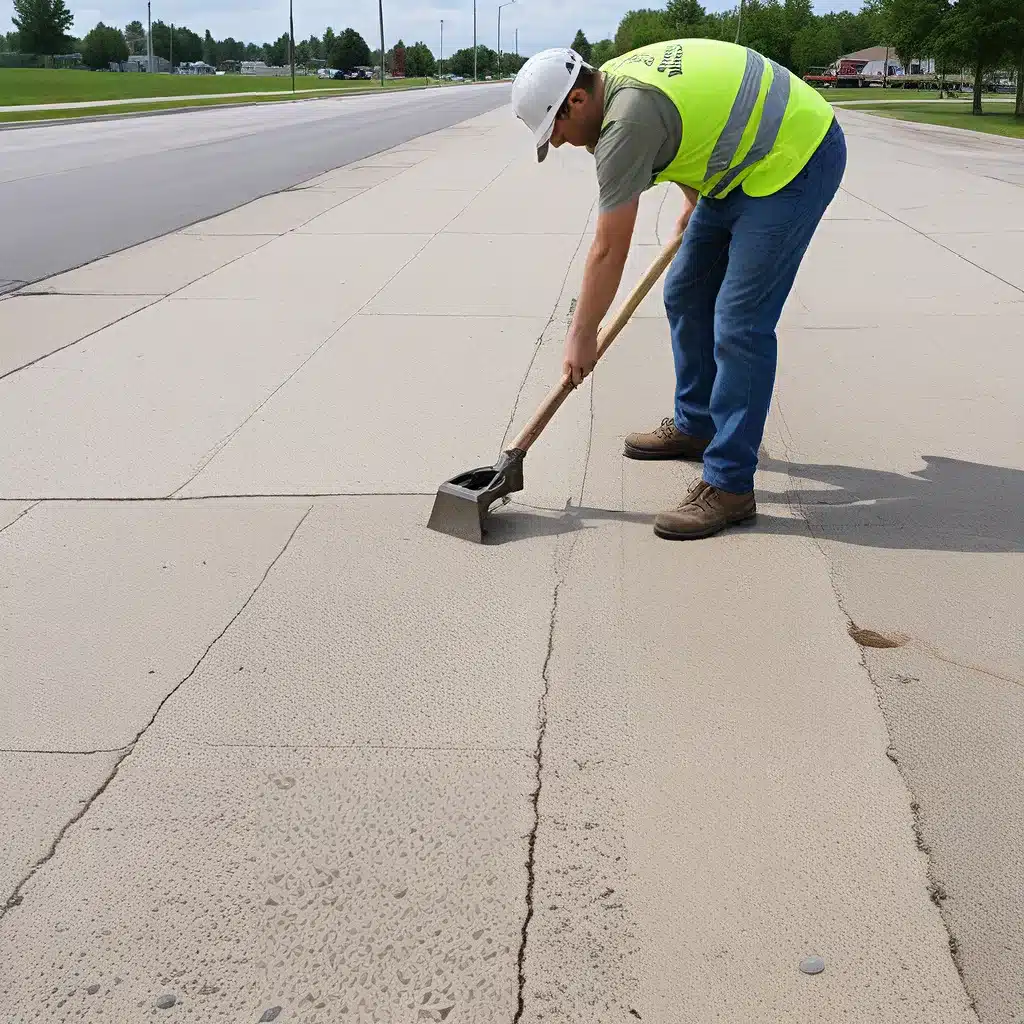
The Durability and Resilience of Concrete
Concrete is a remarkable construction material that has stood the test of time. Made with cement, it is durable, tough, and versatile, making it sustainable over its life cycle and providing resilience against natural disasters. Cement and concrete have an inherent ability to save lives through their resilience.
The Portland Cement Association (PCA) has developed a Roadmap to Carbon Neutrality that addresses each stage of the concrete life cycle to arrive at net zero by 2050. This ambitious plan highlights the industry’s commitment to reducing its carbon footprint and embracing more sustainable practices.
The PCA’s efforts have already yielded significant improvements in energy efficiency and a reduction in carbon footprint by switching to portland-limestone cement. This eco-friendly alternative to traditional cement helps to lower the CO2 emissions associated with the manufacturing process.
The Sustainable Advantages of Concrete
Concrete is a sustainable building material that offers numerous advantages, including energy efficiency, long life cycle, and lower life-cycle costs. When considering the lifetime of the built environment, the energy savings and emissions reductions achieved by building with concrete more than offset the emissions from the cement manufacturing process.
Concrete structures are long-lasting, with concrete pavements having an average service life of 30 to 50 years. This durability means that concrete requires minimal materials, energy, and resources for construction and little to no maintenance throughout its service life. Additionally, concrete does not rust, rot, or burn, making it an inherently strong and resilient material.
Concrete is also a conduit for clean drinking water and plays a crucial role in keeping homes, roads, bridges, and other structures safe. Its ability to withstand natural and man-made disasters sets it apart as a sustainable construction material, as it does not require costly and harmful repairs that can impact the environment.
Sustainable Practices in Concrete Repair
As the cement industry continues to evolve, sustainable practices are being implemented in the concrete repair and resurfacing processes. Columbus, Ohio, is at the forefront of these advancements, with local concrete repair companies adopting innovative techniques and materials to reduce their environmental impact.
One such practice is the use of portland-limestone cement, which has a lower carbon footprint than traditional cement. Concrete repair contractors in Columbus are increasingly incorporating this eco-friendly alternative into their projects, helping to mitigate the environmental impact of their work.
IMI, a leading concrete and construction materials supplier in the region, has been an early adopter of sustainable solutions like CarbonCure. This technology captures and stores carbon dioxide within the concrete mix, further reducing the embodied carbon footprint of the material.
Sustainable Concrete Repair Methods
When it comes to concrete repair and resurfacing, homeowners and property managers in Columbus have several sustainable options to consider:
Concrete Overlays: These thin, durable layers are applied over existing concrete surfaces to restore their appearance and extend their lifespan. Overlays can be made with low-carbon cement and recycled aggregates, reducing the environmental impact of the repair process.
Concrete Resurfacing: This process involves grinding down the existing concrete surface and applying a new, eco-friendly concrete mix to create a like-new finish. Resurfacing can be a cost-effective and sustainable alternative to full concrete replacement.
Concrete Sealing and Coating: Applying a protective sealant or coating to concrete surfaces can enhance their durability and extend their lifespan, reducing the need for frequent repairs. Eco-friendly sealants and coatings are available that minimize the use of volatile organic compounds (VOCs).
Sustainable Concrete Admixtures: Concrete repair contractors in Columbus are increasingly using admixtures that reduce the amount of cement required in the mix, lowering the carbon footprint of the repair project. These admixtures can also improve the concrete’s performance and extend its lifespan.
Collaboration and Innovation for a Greener Future
The cement and concrete industry is collaborating with policymakers, regulators, technology leaders, infrastructure experts, contractors, architects, and communities to drive sustainable practices and achieve carbon neutrality by 2050.
The PCA’s Roadmap to Carbon Neutrality serves as a blueprint for this collaborative effort, outlining the innovative technologies and sustainable initiatives that will help the industry reduce its environmental impact.
In Columbus, concrete repair companies are partnering with local government agencies and sustainability-focused organizations to implement these greener practices and educate the community on the benefits of sustainable concrete repair.
Concrete repair services in Columbus are paving the way for a more sustainable built environment, preserving the city’s infrastructure while minimizing the carbon footprint of their work.
Conclusion: A Sustainable Future for Columbus
Concrete is a remarkable construction material that offers durability, resilience, and sustainability – qualities that are essential for the long-term preservation of Columbus’s infrastructure. Concrete repair companies in the city are embracing innovative and eco-friendly practices to reduce the environmental impact of their work and contribute to a greener future.
By collaborating with industry leaders, policymakers, and the local community, these concrete repair specialists are setting the standard for sustainable construction in Columbus. Through the use of low-carbon cement, recycled aggregates, protective sealants, and innovative admixtures, they are transforming the way concrete repair and resurfacing are done, ensuring that the streets, bridges, and buildings of Columbus remain strong, resilient, and environmentally responsible for generations to come.


